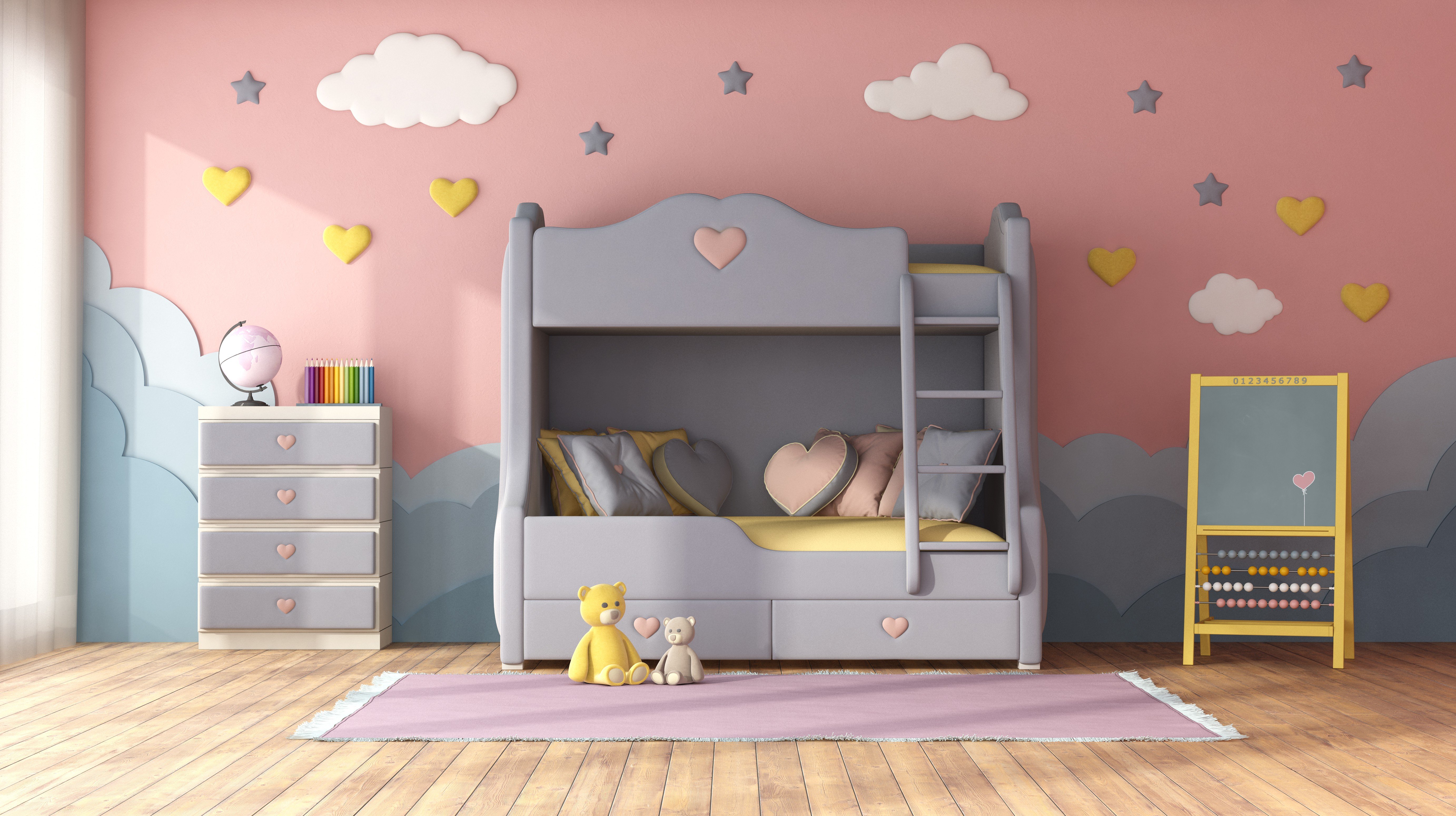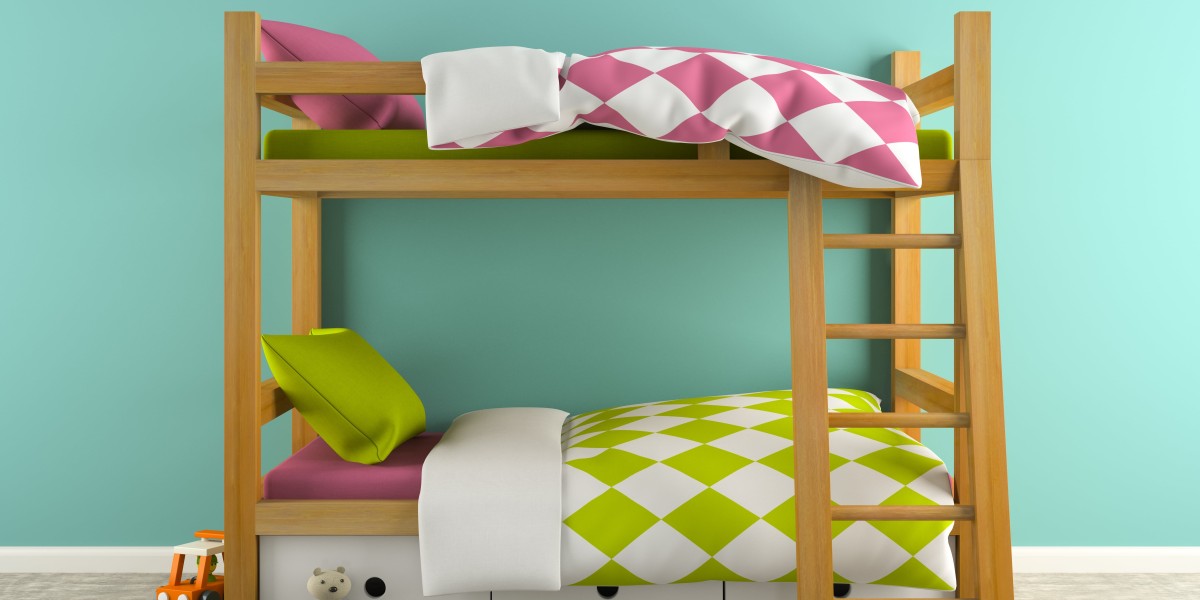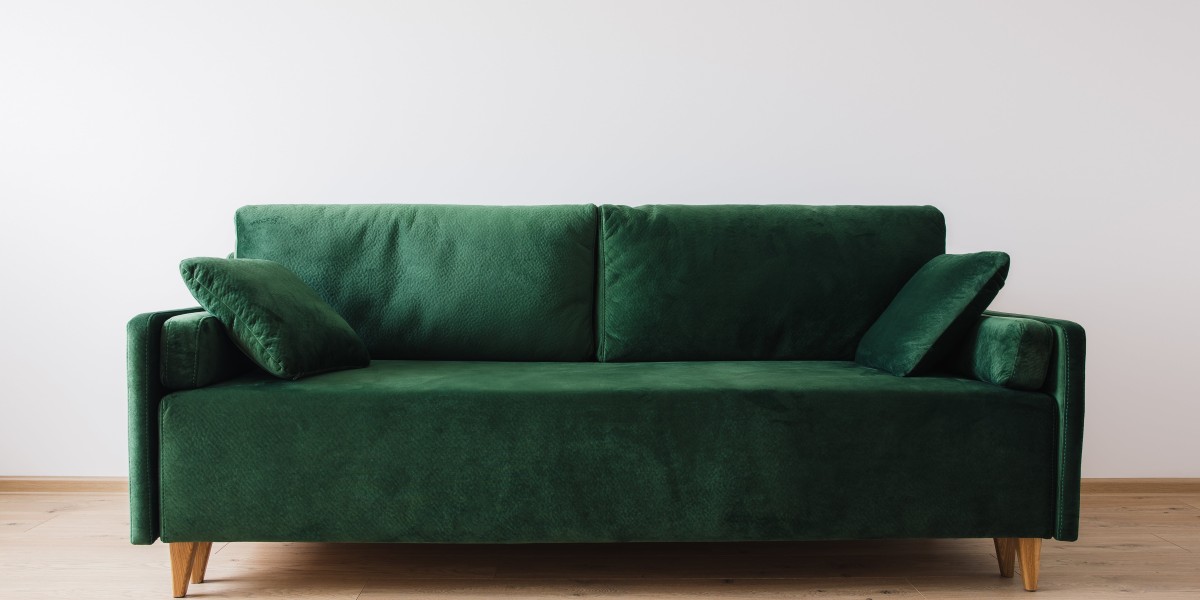The Ultimate Guide to Bunk Beds for Children: Safety, Styles, and Benefits
When it comes to styling a child's room, moms and dads often face the dual challenge of making the most of space while making sure comfort and performance. Bunk beds have actually become a popular service that attends to these requirements, offering not just sleeping plans but likewise contributing to a room's visual. In this thorough guide, we will explore different elements of kids's bunk beds, focusing on their benefits, safety features, styles, and considerations for parents pondering this purchase.
Tabulation
- Advantages of Bunk Beds
- Safety Features to Consider
- Types of Bunk Beds
- Style and Style Options
- Upkeep Tips
- Frequently Asked Questions (FAQs)
1. Benefits of Bunk Beds
Bunk beds offer many benefits for kids and their parents. Here are some crucial benefits:
Space-Efficiency: Bunk beds are an excellent solution for smaller rooms. By stacking one bed on top of another, more floor space is available for play, storage, or study locations.
Cost-Effective: When kids share spaces, bunk beds can lower the need for acquiring 2 separate beds, hence saving money.
Cultivates Social Interaction: Bunk beds can help brother or sisters or friends bond by sharing a space, developing opportunities for social development.
Fun Factor: The principle of sleeping "up high" includes a spirited element to bedtime, making the shift to sleeping alone easier for some kids.

Versatile Design: Bunk beds are available in numerous designs, colors, and develops to match any room style, enabling modification that shows the kid's character.
2. Security Features to Consider
Safety is critical when it concerns children's furniture, specifically when it comes to bunk beds. Here are some vital security features to evaluate:
| Safety Feature | Description |
|---|---|
| Durable Construction | Frames made from solid wood or metal are chosen. |
| Guardrails | Ought to be at least 5 inches high and extend along both sides of the upper bunk. |
| Ladder Design | Ensure ladders are firmly attached and have non-slip steps. |
| Bed mattress Size & & Fit | Should fit comfortably within the frame to avoid spaces. |
| Weight Limit | Always abide by the maker's weight limitation recommendations. |
3. Types of Bunk Beds
Bunk beds can be found in several styles, catering to different requirements, choices, and room sizes. Here are some common types:
Standard Bunk Bed: The a lot of standard type, with one bed on top of another.
Loft Bed: Features a high upper bed with space underneath for a desk or play area.
Futon Bunk Bed: Combines a leading Bunk Beds children's with a futon on the bottom, providing versatility for seating and sleeping.
L-Shaped Bunk Bed: This style has the leading bunk set at a perpendicular angle to the bottom, creating a little corner location.
Triple Bunk Bed: Accommodates 3 children using stacked beds, ideal for big households or slumber parties.
4. Design and Style Options
When it concerns picking a design for children's bunk beds, the alternatives are virtually endless. Here are some popular designs:
Traditional Style: Often made of wood, these bunk beds feature ornate details and are perfect for traditional or rustic-themed rooms.
Modern Style: Characterized by tidy lines and minimalist styles, modern-day bunk beds can be made of metal or wood.
Themed Bunk Beds: Some brand names use bunk beds shaped like castles, cars, or playhouses, making bedtime less of a task.
Convertible Bunk Beds: These can be separated into 2 individual beds, offering versatility as kids grow.
Colorful Options: Bunk beds in dynamic colors can include a sense of happiness and playfulness to any room.
5. Upkeep Tips
Maintaining a bunk bed is crucial for durability and safety. Here are some ideas:
Regular Inspections: Check for loose screws or bolts every couple of months and tighten them as needed.
Cleaning: Wipe down frames regularly to avoid dust build-up; think about utilizing a vacuum for hard-to-reach areas.
Mattress Care: Rotate bed mattress frequently and utilize protective covers to extend their life.

Watch for Wear and Tear: Look for any signs of damage in the wood or metal and think about changing parts if required.
Teach Kids Safety Rules: Encourage children to use ladders appropriately and guarantee they comprehend the security features of their bed.
6. Regularly Asked Questions (FAQs)
Q1: What age is appropriate for sleeping in a top bunk?
A1: Typically, children aged 6 and older are recommended for upper bunk sleeping, as they have the essential motor abilities to climb safely.
Q2: Do bunk beds include a mattress?
A2: Most bunk beds are offered as frames only, so you will need to purchase mattresses individually. Ensure that the mattress fits the frame comfortably.
Q3: Can bunk beds be separated later on?
A3: Many designs permit conversion into 2 individual beds, supplying versatility for future requirements.
Q4: How can I ensure my kid's security on a bunk bed?
A4: Comply with security standards and make sure guardrails, a strong frame, and a secured ladder are in location.
Q5: Are there weight limitations on bunk beds?
A5: Yes, always check the producer's requirements regarding weight limitations to ensure security.
Bunk beds for children can serve several purposes while ensuring security and design. With diverse designs and designs available on the market, moms and dads can discover an unit that not just maximizes bedroom space however also shows their kid's special tastes. Just like any furniture, comprehending safety features, maintenance, and how they suit a child's way of life will guarantee that these beds stay a practical furniture option for many years to come.
Through mindful consideration and adherence to security guidelines, bunk beds can supply a lasting, fun, and practical sleeping solution that kids enjoy.








